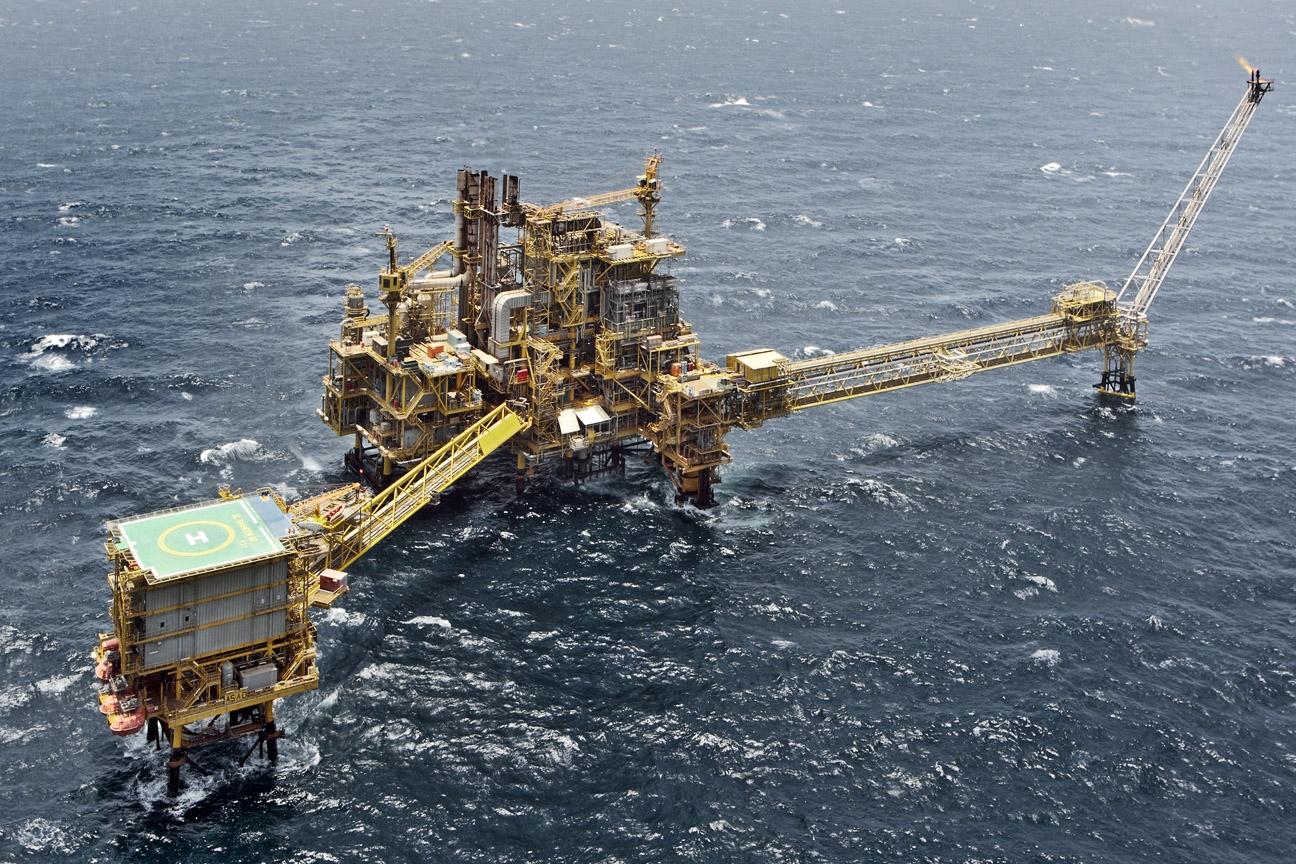Iran is competing with Iraq in the production from shared hydrocarbon deposits, as the country has ramped up output from Yadavaran oilfield to 115,000 barrels per day, head of the field's development plan said.
"Production from Yadavaran has exceeded 115,000 barrels a day, or 30,000 more than planned in the first development phase," Hadi Nazarpour was quoted as saying by ISNA on Sunday.
Crude production from the field is slated to reach 180,000 bpd in the second phase and 300,000 barrels a day in the third. According to estimates, Yadavaran holds around 31 billion barrels of in-place crude.
Nazarpour said the massive reserves can pave the way for introducing two more development phases for the joint field.
Yadavaran is located 70 kilometers west of the city of Ahvaz in oil-rich Khuzestan Province near the Iraqi border. The output of the joint field is mostly a blend of light crude.
Several joint fields, including Azadegan, Yadavaran, Yaran, Azar, Dehloran, West Payedar and Naft Shahr are shared between Iran and Iraq.
But the war-ravaged Arab neighbor has fared far better in production from the shared fields as it has successfully opened up its oil and gas sector to international companies such as Shell, BP, Eni, ExxonMobil, Total and Gazprom.
According to reports, Iraq's crude oil production has almost doubled to 4.7 million barrels per day this year from 2.4 million bpd at the start of the decade, overtaking sanctions-hit Iran as the second biggest producer of the Organization of Petroleum Exporting Countries.
Iraq's inroads came as Iran was slapped by tougher international sanctions in 2011 and 2012 that ostensibly targeted its nuclear program but significantly undermined its economy and the key oil sector.
According to a Majlis Research Center report in 2013, Iran produced around 130,000 barrels of oil from joint fields with Iraq while the western Arab state produced 295,000 barrels.
Lack of access to modern technology and budget has hampered the development of joint fields, allowing neighbors to draw the lion's share of underground reserves.
According to Oil Minister Bijan Namdar Zanganeh, Iran needs $50 billion to develop the joint oil and gas fields.
------- Development Plan
Tehran has prioritized the development of several dozen oil and gas projects as it plans to bring back multinationals using a new model of contracts, titled as Iran Petroleum Contract, that offer more appealing terms for investment and long-term cooperation.
However, Yadavaran oilfield appears to be excluded from the long list of upcoming oil and gas tenders as China National Petrochemical Company (CNPC) and the China Petroleum and Chemical Corporation (Sinopec) are reportedly in the final stages of negotiations to retain their role in North Azadegan and Yadavaran projects, according to official reports.
Chinese companies seized the opportunity to work in Iran's energy industry after most western oil and gas firms left under US pressure and in fear of violating sanctions.
Sinopec signed a contract in 2008 to develop the first phase of Yadavaran within three years. But the project faced a series of setbacks after tighter international financial and trade restrictions were imposed.


